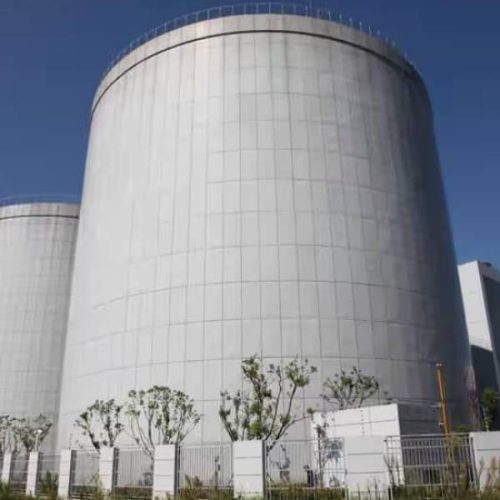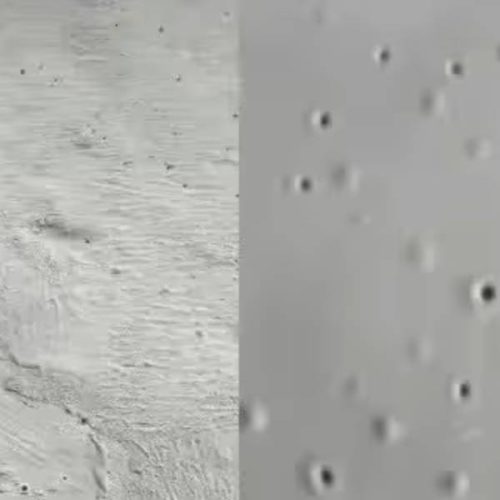Formulation Design and Application of Polyaspartic Polyurea Adhesive
Polyaspartic polyurea is an emerging synthetic material in the polyurea industry, known for its weather resistance, slow reactivity, solvent-free composition, and high mechanical strength. Often termed the "third generation of polyurea," it primarily comprises polyaspartic resin and isocyanate curing agents. Recently, this material has found broad applications in the coatings industry, including uses for wind turbine blades, construction machinery, roofing, and high-end flooring. Additionally, we are exploring its future potential in the adhesive sector.
The adhesion properties of polyaspartic polyurea vary significantly depending on the substrate. For materials like PVC, ABS, iron, wood, stone, and glass, achieving adhesion is relatively straightforward. In contrast, substrates such as PP, PE, aluminum, and stainless steel require specialized formulations to improve adhesion.
Polyaspartic polyurea is a versatile category of materials, offering a range of performance characteristics. By selecting different polyaspartic resins and isocyanate curing agents, we can engineer materials with tailored performance properties. Some key design considerations for formulating polyaspartic polyurea adhesives are outlined below.
Design Considerations for Polyaspartic Polyurea Adhesive Formulations
The formulation often includes additives such as thickeners, substrate wetting agents, adhesion promoters, and pigments. These additives are best incorporated into the resin component rather than the curing agent, as the latter is highly reactive and prone to moisture absorption, leading to thickening and degradation. It is crucial to avoid additives that introduce amine, hydroxyl, or similar compounds, since they can catalyze reactions within the resin, significantly reducing working time.

Quick Repair Adhesive Applications
In applications requiring rapid adhesion, the reaction speed of polyaspartic polyurea adhesive can be adjusted, with gelling times ranging from one to several minutes. Two design options are available: the first involves high-activity resins like F220 combined with aliphatic isocyanate curing agents, such as HDI trimer. The second option utilizes conventional resins combined with high-activity aromatic curing agents, such as MDI and TDI pre-polymers.
Applications Requiring Yellowing Resistance
For applications requiring high resistance to yellowing, such as sealants for window sills or bonding agents for outdoor LED lighting, resins like F520, F420, and F5240 are recommended. The curing agent can be selected based on specific mechanical property requirements, with options including conventional trimers, urea condensates, or additives like HDI/IPDI and polyester or polycarbonate diols.
Polyaspartic polyurea offers characteristics such as solvent-free composition, yellowing resistance, fast reactivity, and high mechanical strength, making it an excellent alternative to traditional adhesives like epoxy, polyurethane, and silicone in specialized applications.
Feiyang has been specializing in the production of raw materials for polyaspartic coatings for 30 years and can provide polyaspartic resins, hardeners and coating formulations. Some of our polyaspartic coating formulations: Polyaspartic Coating
Feel free to contact us: marketing@feiyang.com.cn
Our products list:







